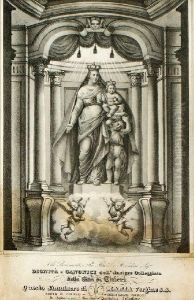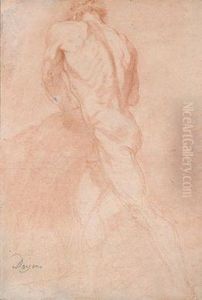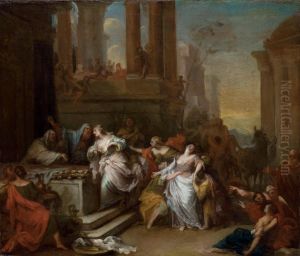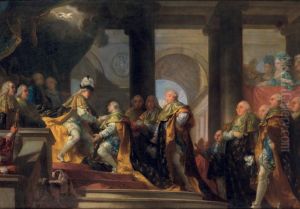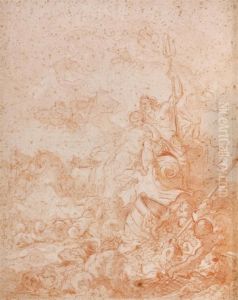Gabriel Francois Doyen Paintings
Gabriel François Doyen was a French painter, born on May 20, 1726, in Paris. He came from a family with strong artistic ties, as his father was a decorator and his uncle was a painter. Doyen was a student of Charles-Joseph Natoire, a well-known painter of the time. He demonstrated considerable talent from a young age, and his abilities were recognized with his acceptance into the prestigious Académie Royale de Peinture et de Sculpture at the young age of seventeen.
Throughout his career, Doyen was particularly admired for his history paintings, a genre that was considered the most prestigious at the time. He received numerous commissions for religious scenes, historical events, and portraits. One of his most famous works is 'The Miracle of Theophilus,' which he created for the Cathedral of Notre-Dame de Senlis and which exemplifies his dramatic style and his skill at capturing human emotion.
Doyen's work was marked by his keen observation of nature, a dynamic use of color, and a strong sense of composition. His style was influenced by the Rococo movement, but he also adopted some elements of the early Neoclassical style, which was gaining prominence towards the end of his career.
In 1777, Doyen traveled to Russia at the invitation of Catherine the Great, where he worked for two years. This period was significant as it allowed him to explore new subjects and receive international acclaim. He returned to France and continued to paint until his health began to decline.
Gabriel François Doyen passed away on June 5, 1806, in Paris. His contribution to French painting is marked by his successful synthesis of Rococo grace with a more substantial Neoclassical approach. While he may not be as widely remembered as some of his contemporaries, his work remains an important part of the artistic heritage of the 18th century.
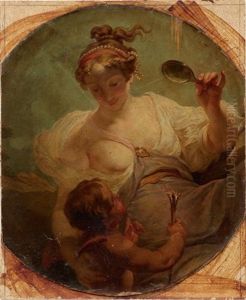
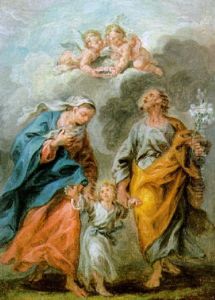
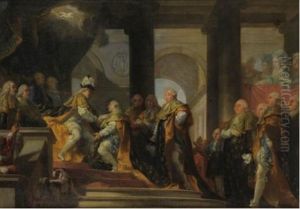
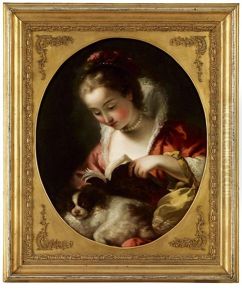
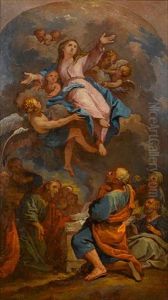
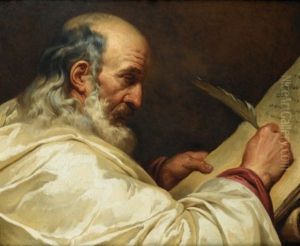
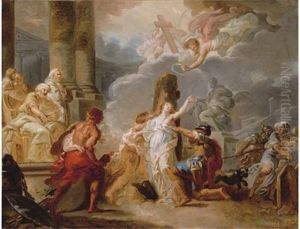
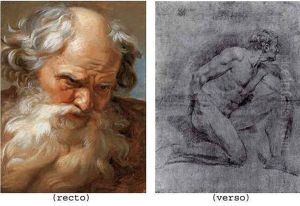
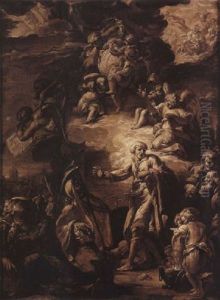
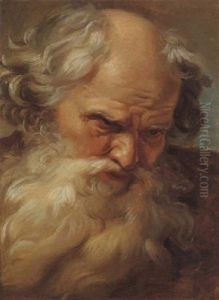
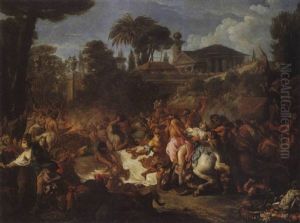
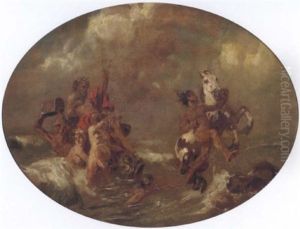
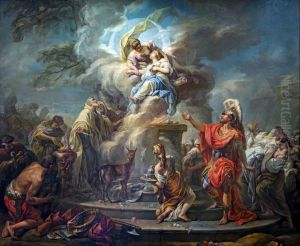
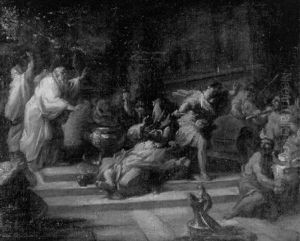
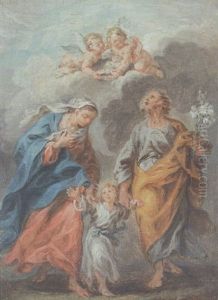
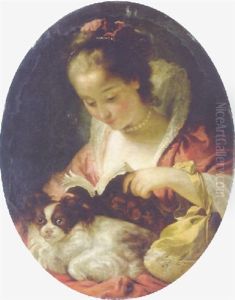
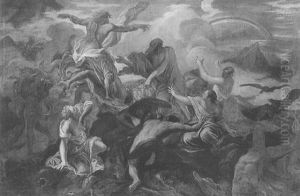
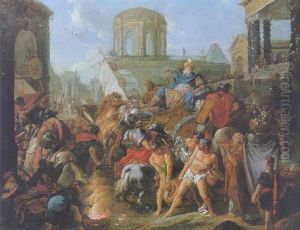
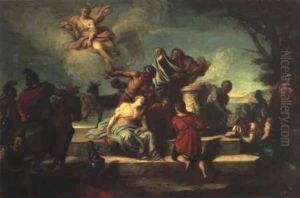
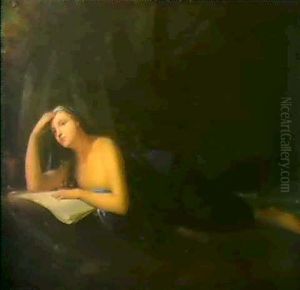
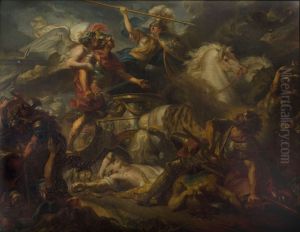
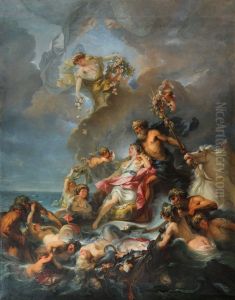
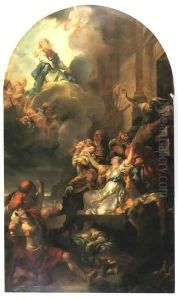
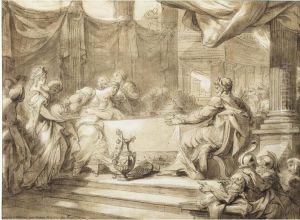
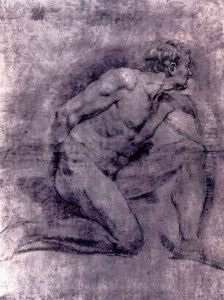
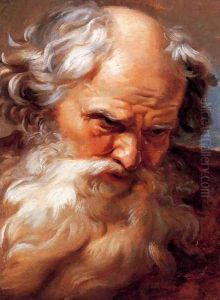
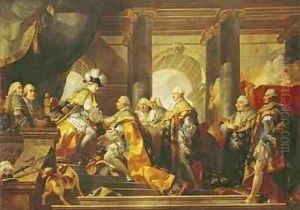
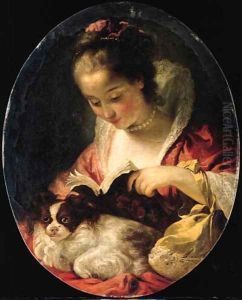
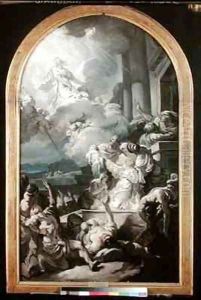
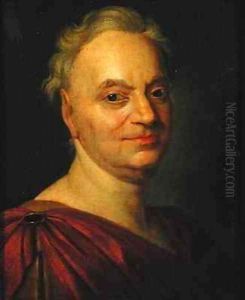
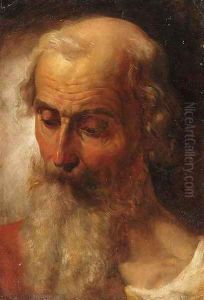
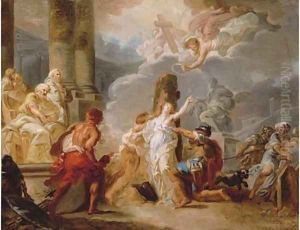
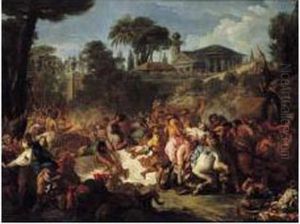
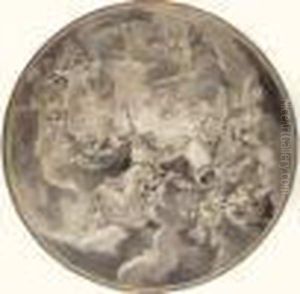
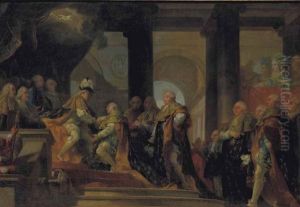
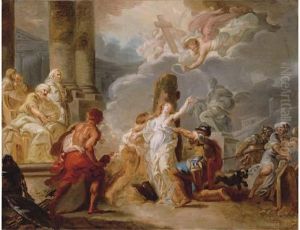
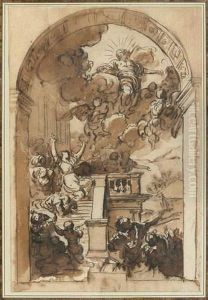
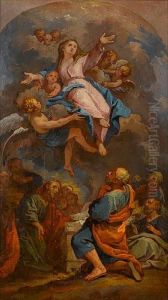
![[circle Of Gabriel-francois Doyen ; Bearded Man Writing With Aquill ; Oil On Canvas]](https://www.niceartgallery.com/imgs/547531/s/gabriel-francois-doyen-circle-of-gabrielfrancois-doyen-bearded-man-writing-with-aquill-oil-on-canvas-c04bc15b.jpg)
